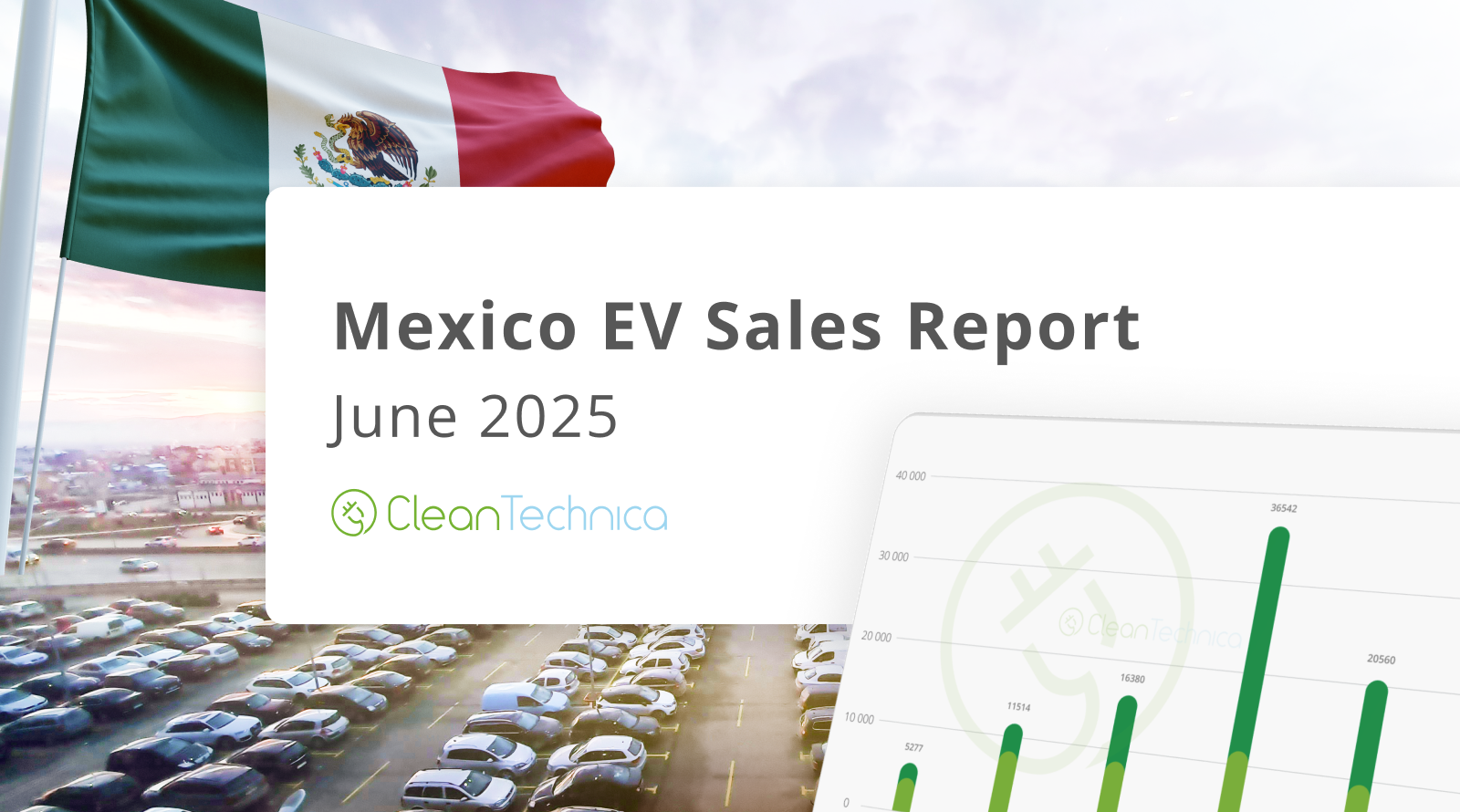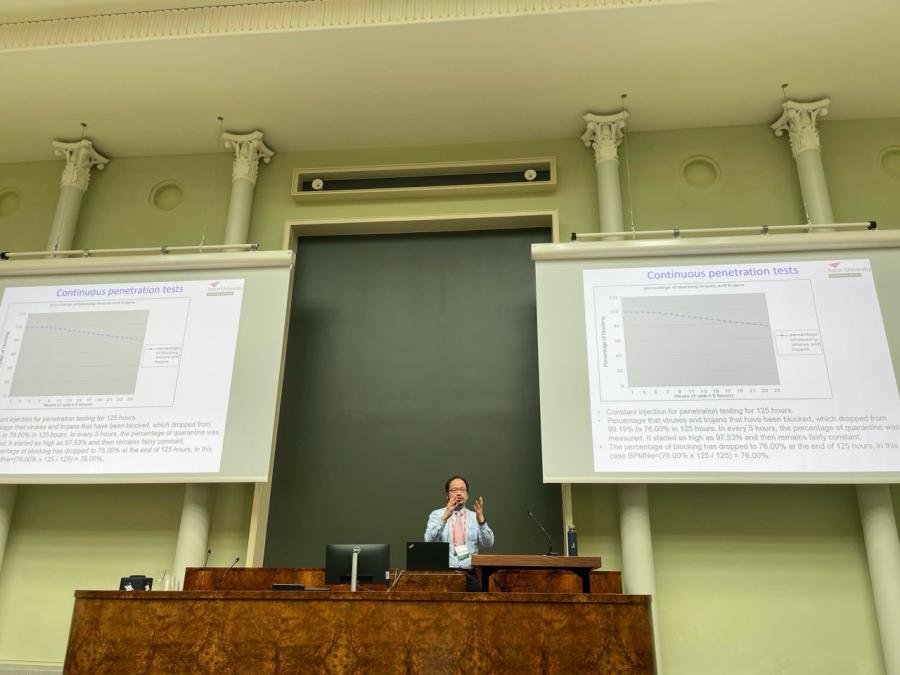
Last Updated on: 26th July 2025, 01:43 am
When we started working on our reports for Mexico, we knew that the available data was limited to those companies that make up part of the Mexican Automotive Association. However, our analysis on model vs. aggregate sales data convinced us that the limitations were confined to model sales, and the aggregate EV sales report was accurate.
It turns out, we were wrong.
I have to thank José Pontes, who pointed out to me that Mexico’s official data did not match the reports in Mexican media. For 2024, the alleged BYD sales in Mexico — as reported in several news outlets — were higher than the total tally for the year, according to our sources. This led me through a rabbit hole of inconsistent numbers and confusing headlines until I found what seems to be a reasonable source presenting total EV sales with information directly from the brands.
Our data is only as good as our sources are, and I cannot vouch that this time we will be 100% on point, but I do expect that these numbers will be closer to reality than they were the last time around. And the good news is: Mexico is much more ahead than we originally thought!
Market Overview
Over 40.000 EVs have been sold in Mexico through 2025, a number that more than doubles our previous estimates based upon data from Mexico’s Statistical Institute. This represents a 170% growth from the first semester in 2024! PHEVs dominate the market with around 55% of all EV sales, and BEVs account for the other 45%:
The information available from the brands (which we will use going forward) only reports sales from 2024, and only quarterly, so there’s less detail than we’re accustomed to. However, the numbers speak for themselves, as EVs stood at 6.4% market share in Mexico last quarter — only slightly behind Brazil — making it the 5th market in the region to surpass the 5% mark!
Market share rose to over 8% in Q4 2024 but fell to 5.3% in Q1 2025. As more information comes out, we will be able to determine if this was a one-time event, or if Mexico’s market is cyclical (like China’s), with higher EV adoption in the latter moths of the year.
Sadly, our new source presents no information regarding model sales. However, according to Mexican media, BYD reported some 40.000 sales in 2024, which would represent 57% of total EV sales in the market.
For 2025, out of 43,000 total EVs sold, we find that some 28,000 correspond to BYD, Tesla, and SEV, whereas the rest (~15,000) would be sales from brands in the Mexican Automotive Association. BYD remains the likely leader, but we cannot be certain how many EVs are being sold from Tesla, SEV, and perhaps other obscure brands that aren’t yet on our radar.
Final Thoughts
I apologize to all our readers who were misled by previous reports, but, frankly, it’s a bit tough if you cannot trust data on vehicle sales from a country’s freaking Statistics Institute that makes reports on vehicle sales.
The good news is, all my previous theories on why Mexico’s EV sales remained so low are now moot, as EV sales were not that low to begin with. With Mexico and Brazil both over 5% market share, Latin America can no longer be considered a laggard in global EV adoption, as these two countries account for some 70% of vehicle sales in the region.
As EV sales grow in Mexico, it’s truly a shame that geopolitics have soured on this country becoming another hub for Chinese brands. BYD’s absence will no doubt hurt the industry, but with a bit of luck, other smaller, less known companies can make up for it so long as US President Donald Trump remains distracted in some other adventure across the Atlantic. MG, in particular, has entered several markets with various degrees of success, and it could become a “Mexican” brand in the eyes of the locals if it commits to develop models for Latin America in the country.
Mexico’s role in Legacy Auto’s electrification efforts remains underway, even if undercut by Trump’s policies. For example: in late 2024, BMW and Audi announced operation on battery and BEV manufacturing for 2025, but it seems BMW has now pushed that deadline to 2027, when its San Luis Potosí plant will be fully ready to build the Neue Klasse vehicles. Meanwhile, Audi apparently assembles some batteries onsite, which would probably be used in the PHEV version of its Q5. Some independent companies like ErgoSolar are also starting to eye battery production on Mexican soil, but that’s mainly with the storage market in mind.
At last, Claudia Sheinbaum, Mexico’s president, is pushing for a locally made “People’s Car” called Olinia. The project has evolved to include three models between MXN$90,000 and MXN$150,000 ($4,500 to $8,000), including two quadracycles for two and four passengers, and one city-car. The prototype is expected within the next few weeks, whereas mass-production should be underway by mid-2026.
With so much volatility, and with Mexico being so vulnerable to US politics, the future remains to be seen, but at this point I’d be surprised if at least a couple brands don’t bet big in the country, bringing EV production to Mexican lands. Mexico City’s air quality is the stuff of nightmares, so traffic restrictions are significant and will remain so in the future, promoting EV sales at least within the megalopolis. And we’ll keep doing our best effort to bring more accurate information to our readers here at CleanTechnica!
Sign up for CleanTechnica’s Weekly Substack for Zach and Scott’s in-depth analyses and high level summaries, sign up for our daily newsletter, and follow us on Google News!
Have a tip for CleanTechnica? Want to advertise? Want to suggest a guest for our CleanTech Talk podcast? Contact us here.
Sign up for our daily newsletter for 15 new cleantech stories a day. Or sign up for our weekly one on top stories of the week if daily is too frequent.
CleanTechnica uses affiliate links. See our policy here.
CleanTechnica’s Comment Policy






